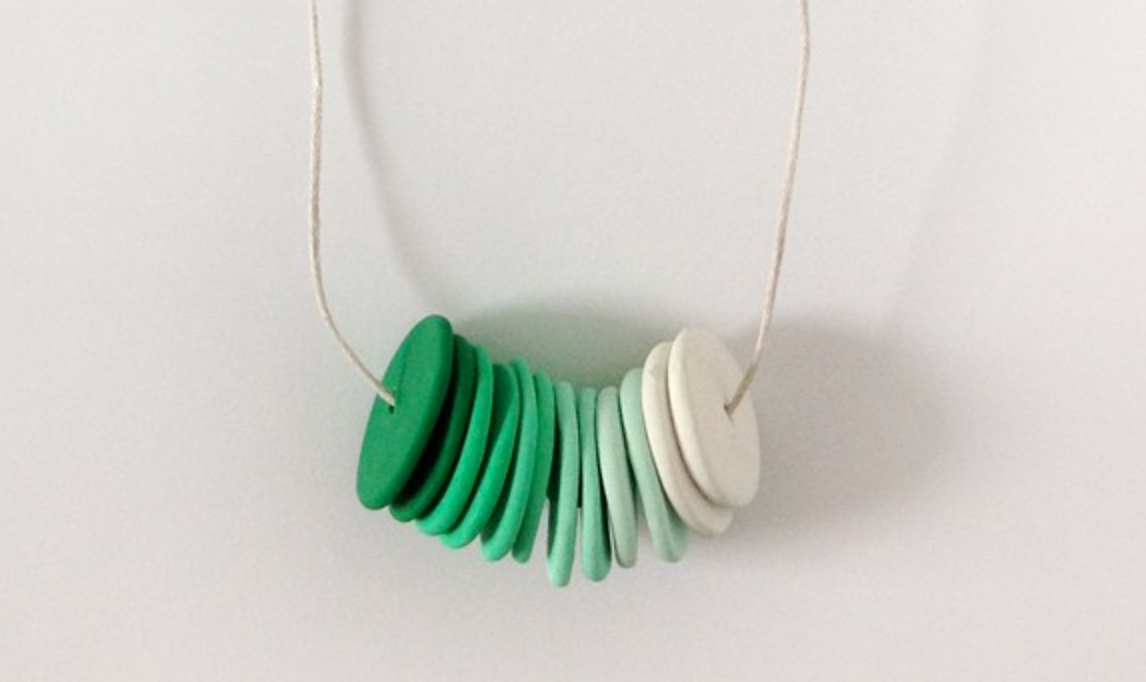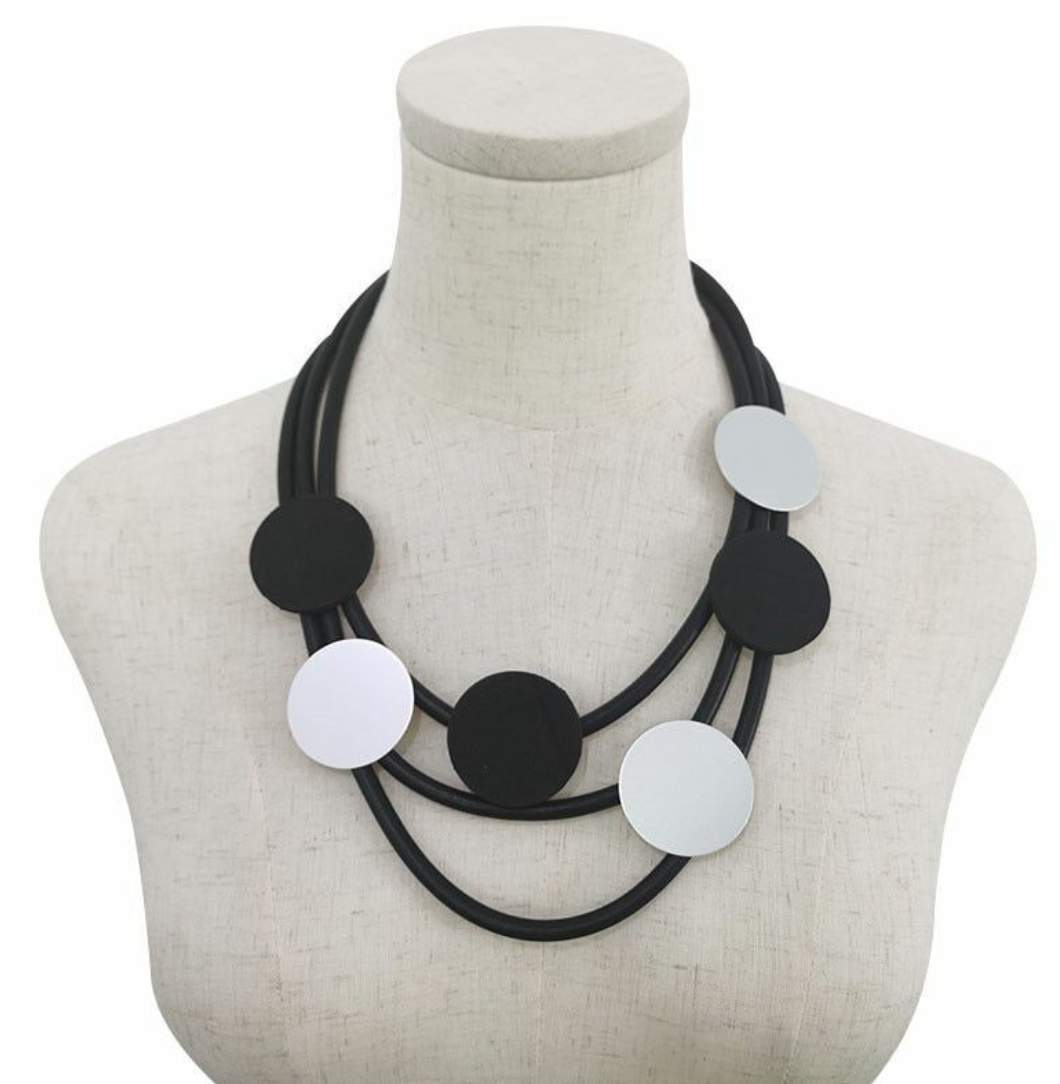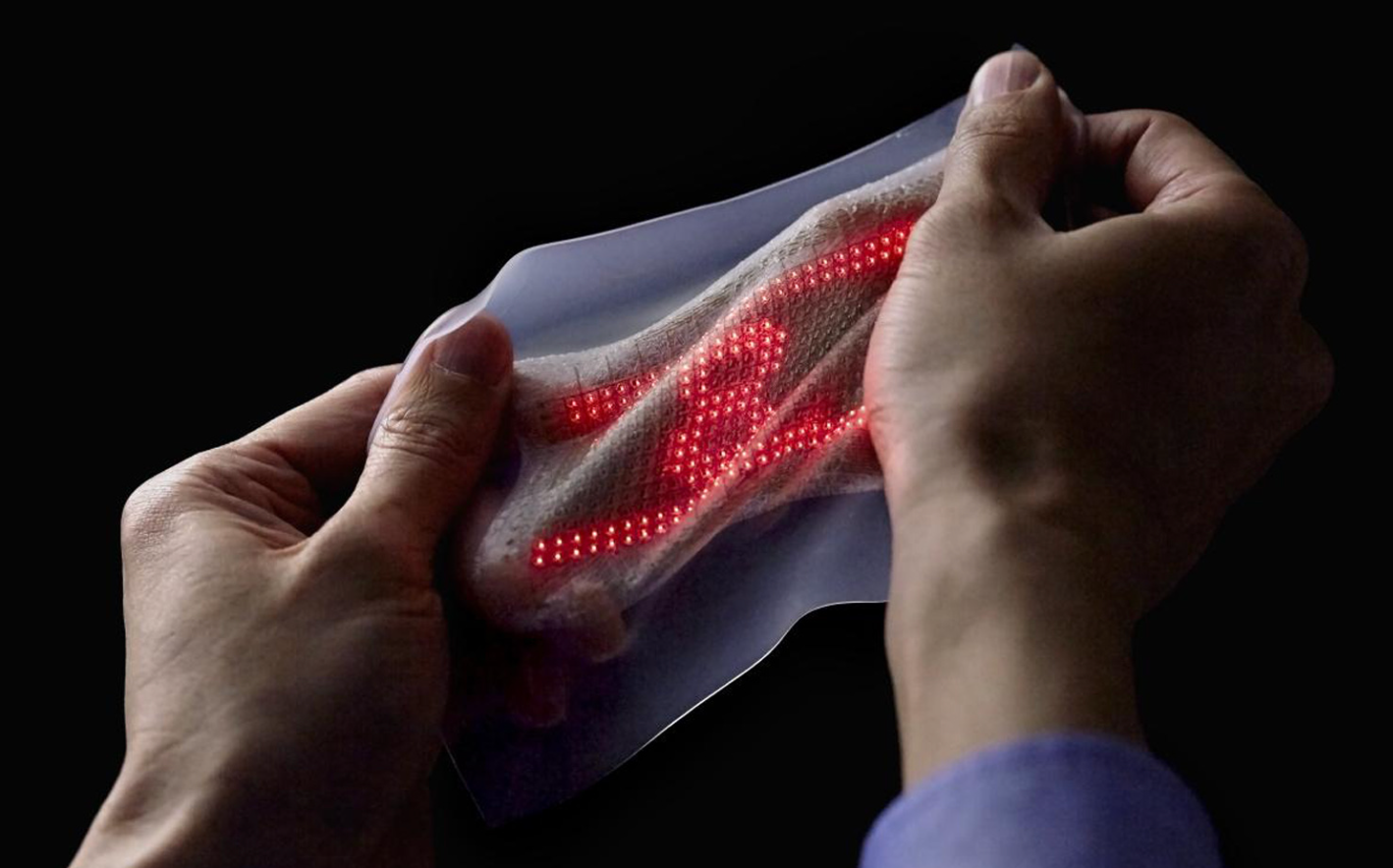Wearable Technology in Fashion
When we think about the evolution of fashion, it’s not just about clothes and accessories. It’s also about the role technology has started to play. Let’s journey through time and see how wearable technology has become a key player in the fashion industry.

Historical Overview of Wearable Technology
Believe it or not, wearable technology isn’t a new idea. It’s been around for centuries:
- In the 17th century, the Chinese invented the abacus ring, a tiny counting tool worn on the finger.
- In the 20th century, we had digital and calculator watches in the 70s and 80s.
- In the 2000s, we started seeing Bluetooth headsets, fitness trackers, and smartwatches.
So, wearable technology has been a part of our lives for a long time.
Impact of Wearable Technology on the Fashion Industry
Technology and fashion have started to become more intertwined. Wearable tech has been changing the fashion industry in some big ways:
- Style and Function: Wearables aren’t just functional but also stylish. Designers are creating pieces that look good and have tech benefits.
- New Materials: Designers use high-tech fabrics and advanced materials engineering like silicone rubber to make their creations.
- Innovative Design: Tech is pushing the boundaries of what can be done in fashion, from clothes that light up to jackets that can charge your phone.
The transformation from Bulky Devices to Sleek and Stylish Wearables
Technology and fashion have had to evolve together. We’ve gone from big, clunky devices to sleek, stylish wearables. Here are a few ways how:
- Size Matters: Early tech wearables were big and bulky. But advances in technology have led to smaller, more wearable devices.
- Comfort is Key: Comfort is as important as function. This is where silicone rubber comes in. It’s soft, flexible, and comfortable to wear all day.
- Looking Good: People want tech that looks good. More brands are focusing on design and style, as well as function.
Silicone rubber is a game-changer for wearable tech in fashion. Thinking about what’s next is exciting as we look to the future.
The Future Trend in Silicone Wearable Technology
When we talk about the future of wearable technology, it’s impossible not to mention silicone rubber. As a material, it’s flexible, strong, and can be made in any shape or size. Here are some exciting things we can expect to see in the future.

Integration of Textile Sensors in Garments
One big trend is the integration of wearable sensors into clothing. Imagine a shirt that can measure your heart rate or a pair of shoes that can track your steps. That’s the power of textile sensors. Such devices are tiny and woven right into the fabric of clothes. The goal is to make our garments smarter and more useful.
Here’s why silicone rubber is the perfect material for this:
- It’s flexible and can be woven into fabric.
- It’s resistant to heat and water, so it won’t get damaged when you wash your clothes. Utilizing Flexible Substrates and Conductive Materials
Flexible substrates are another big trend in wearable technologies. These are thin, bendy materials that electronic devices can be printed onto. Conductive materials are used to create the circuits needed for these components to work.
Silicone rubber is an excellent choice for flexible substrates because:
- It can bend without breaking.
- It can withstand high temperatures, which is important when printing electronic components. Composite Materials and Carbon-Based Technologies
Composite materials are made by combining two or more different kinds of materials. The idea is to get the best mechanical properties of each. For example, a composite might be light like plastic but strong like metal. Carbon-based technologies, like graphene, are also getting much attention because they’re super strong and conductive.
Here’s what silicone rubber brings to the table:
- It can be combined with other materials to make composites.
- It’s compatible with carbon-based technologies. Integration of Solar Cells in Silicone Wearable Devices
The last trend we’ll discuss is the integration of solar cells into wearable devices. Imagine a watch that charges itself when you’re out in the sun. That’s the power of solar cells.
Silicone rubber is a great fit for this because:
- It’s transparent, which lets light through to the solar cells.
- It’s durable and can protect delicate solar cells from damage.
The future of wearable technology is exciting and full of possibilities. With silicone rubber playing such a big role, there’s no limit to what we can achieve. Whether you’re a business looking to get into wearable tech or just someone who loves fashion and tech, it’s definitely a space to watch.
Innovations in Wearable Devices
Wearable technology is not just about being trendy. It’s also about helping people live better lives. Some of the most exciting advances are happening in health monitoring and interactive textiles.

Health Monitoring and Personal Protective Equipment (PPE)
- Advancements in Wearable Health Monitoring Systems
Today, wearable sensing systems can do more than count steps or measure heart rate. Some devices can monitor things like blood sugar levels, oxygen levels, and even sleep patterns. The key to these systems is a network of sensors that collect data from the body.
Silicone rubber is a big part of this because:
- It’s safe to use on the skin and doesn’t cause allergies.
- It’s waterproof and durable, handling sweat and everyday wear.
- The Intersection of Fashion and Safety
We’re also seeing fashion and safety come together in new ways. For example, stylish masks and gloves now protect against viruses and pollution. Smart clothes can also alert you to dangers like high UV levels.
Again, silicone rubber is at the forefront because:
- It can be dyed any color and molded into any shape, so it looks good.
- It’s easy to clean and can even be made antimicrobial, keeping you safe.
Interactive Textiles and Smart Fabrics
- Integration of Electronics for Interactive and Responsive Clothing
Interactive textiles are fabrics that can do things like change color, heat up, or light up in response to different conditions. They do this by having electronics woven into their fibers, turning them into flexible electronics.
Silicone rubber is key here because:
- It’s flexible so that it can move with the fabric.
- It’s heat resistant to handle the heat generated by the electronics.
- Utilizing Textile Sensors for Monitoring Body Temperature and Other Vital Signs
Textile sensors can be used to monitor a wide range of vital signs. For example, a smart shirt could monitor your temperature, heart rate, and breathing rate all at the same time. This kind of technology could be a game-changer for healthcare.
Silicone rubber makes this possible because:
- It’s safe to use against the skin, even for long periods.
- It’s durable and can handle washing, so it’s practical for everyday clothes.
These are just a few ways that silicone rubber is changing the world of wearable technology. Whether it’s helping us stay healthy or making our clothes more fun and functional, the possibilities are truly endless.
Manufacturing Technologies of Silicone Wearables
Just as crucial as the final wearable device is the process that brings it to life. From the materials used to the advancements in manufacturing processes, there’s much to know about how silicone wearables are made.

Essential Materials for Wearable Electronics
To start with, let’s consider the core materials required.
Silicone Materials and Their Suitability for Wearables
Silicone rubber is a standout material for wearable electronic devices. It’s flexible, durable, and safe to use on the skin. Plus, it’s resistant to water and heat, making it perfect for the tough conditions that wearables often face.
Integration of Electrical Components into Silicone
Electrical components like sensors, circuits, and batteries are crucial to wearable tech. The challenge is embedding these into silicone while keeping the device comfortable and stylish. Luckily, silicone’s adaptability allows for the smooth integration of these components, making it a favorite choice for manufacturers for flexible electronics and electrical properties.
Advancements in Manufacturing Processes
The manufacturing of silicone wearables has been revolutionized with the advent of new technologies.

Streamlining Production through Automation and Robotics
Automation has made the manufacturing process faster and more efficient. Robots can perform repetitive tasks with high precision and consistency, reducing the risk of errors. Automated systems also allow for mass production, making it possible to meet the high demand for wearable tech.
In a nutshell, the future of wearable technology is not only about the devices themselves but also the innovations behind their manufacturing. Silicone rubber, with its versatility and durability, combined with advanced manufacturing processes, is helping to make wearable tech more accessible and user-friendly. As we look ahead, it’s clear that silicone wearables will continue to shape our lives in ways we can only imagine.
Implications Of Silicone Rubber In The Fashion Industry
As we’ve explored, silicone rubber is a powerful player in the world of wearable technology and fashion. But what does this really mean for the industry?

Firstly, with silicone rubber, designers now have a material that meets the demands of both style and function. It’s like a superpower; it can flex and mold, handle heat and water, and still look fantastic. This means designers can push boundaries and create pieces that were previously unthinkable.
Secondly, silicone rubber is reshaping the way we think about clothing and accessories. With wearable technology, we’re no longer fashion consumers but active participants. Our clothes can respond to us and our environment, changing color with our mood or the weather or helping us monitor our health. This interactive element opens up a whole new world of possibilities for personal expression.
Finally, silicone rubber is driving sustainability in fashion. It’s durable, so products last longer. It’s also non-toxic and can be recycled, which is a big win for our planet. Hence, smart clothing or smart textiles are changing how we wear things.
The implications of silicone rubber in the fashion and textile industry are profound. It’s not just about making clothes smarter or more fun. It’s about transforming how we relate to what we wear and how it’s made. And that’s a trend we can all get behind.
Conclusion
Wrap up your excellent new blog post with a great closing. Remind your readers of the key takeaway you want them to walk away with and consider pointing them to other resources on your website.
At Hongju Silicone, we are dedicated to providing superior silicone rubber solutions that meet your needs and surpass expectations. As pioneers in the industry, we don’t just follow trends; we shape them. If you’re ready to explore the limitless possibilities of silicone rubber in wearable technology, we’re here to guide and support your journey. Click the below button and Contact Us Today, and let’s start making waves in the world of fashion and technology together.